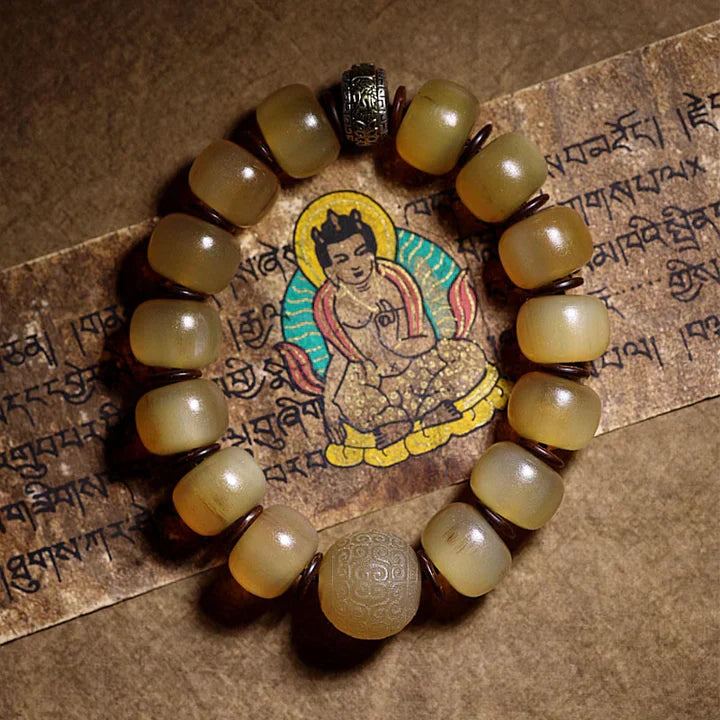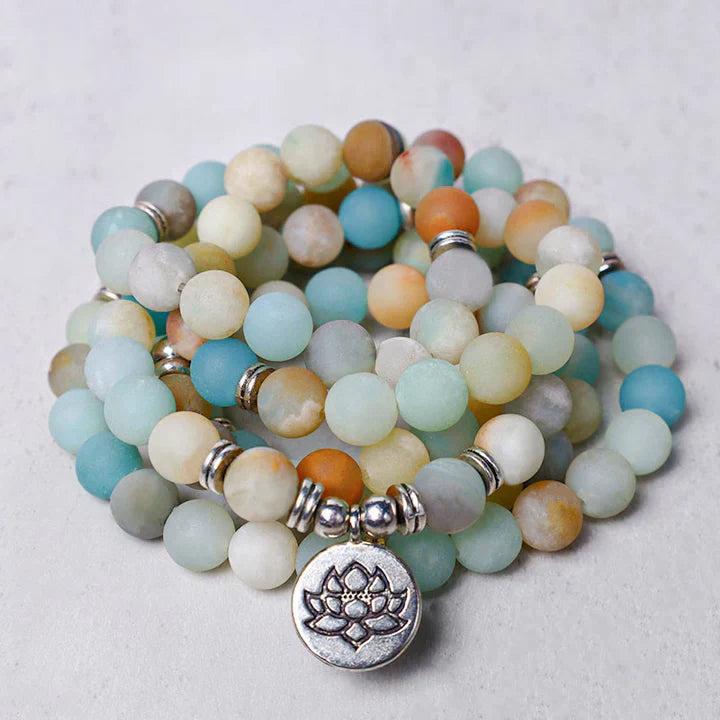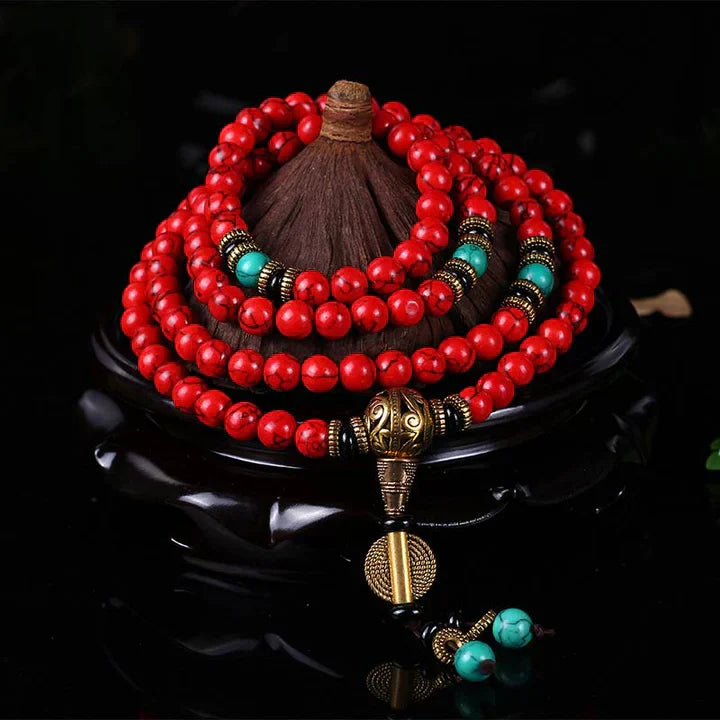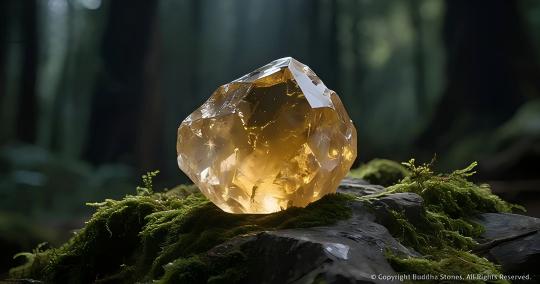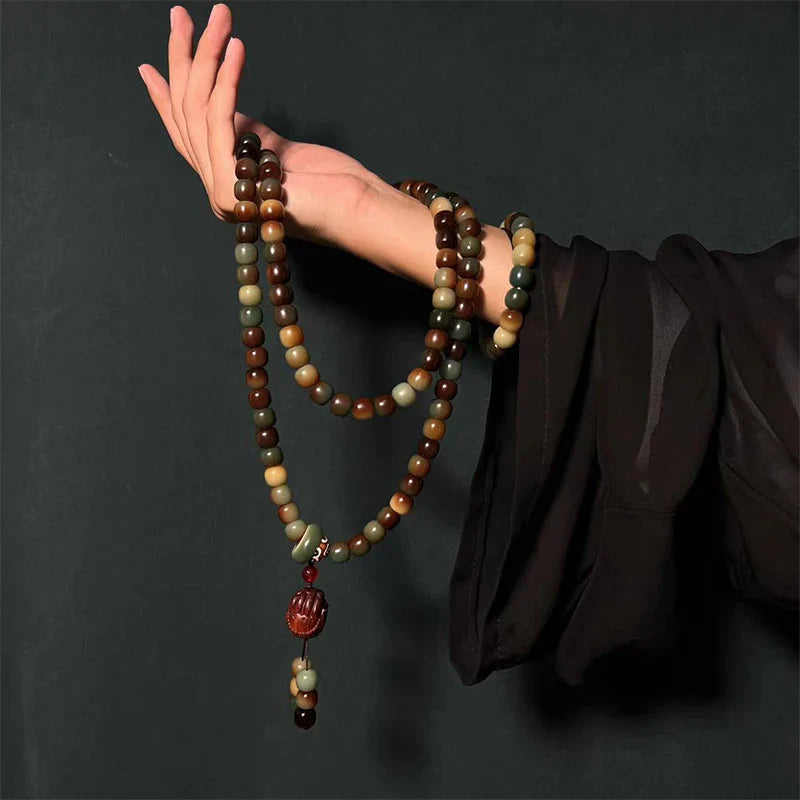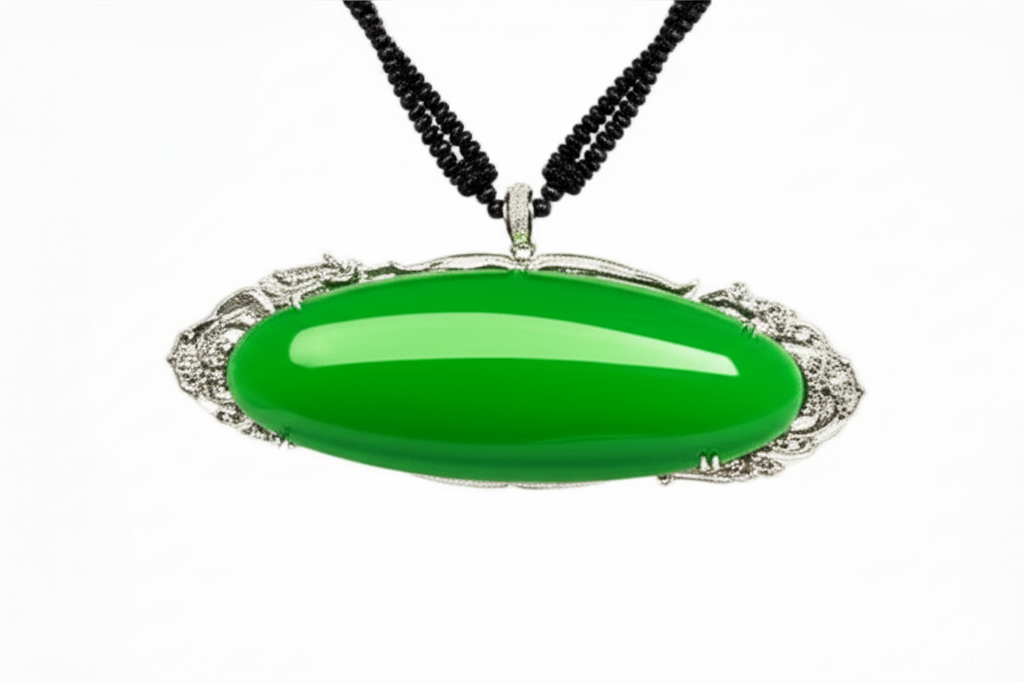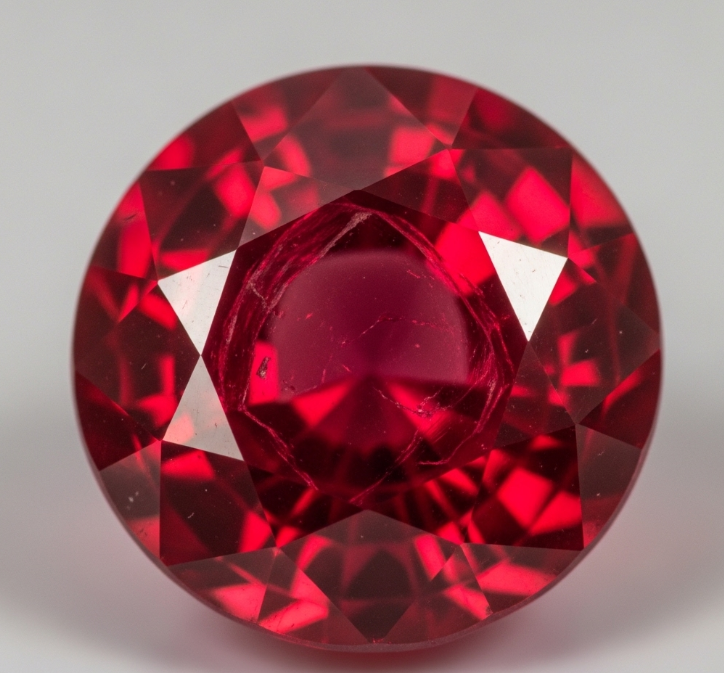
Ruby: The Gem of Fire, The Symbol of Royalty
With its fiery red hue and dazzling brilliance, the ruby has long been revered as the king of gemstones. It's not merely a symbol of power, passion, and love, but also a coveted treasure sought after by countless royals and collectors throughout history. Today, let's delve into the captivating allure of this fiery stone.
The Legendary Allure of Ruby
The English name "Ruby" originates from the Latin word "ruber," meaning "red." This intense color evokes images of blazing flames, leading many cultures to imbue rubies with immense energy and mystical power.
In ancient times, people believed that rubies brought good fortune, health, and wealth. In India, the ruby was called "the king of gems" or "the crown jewel," believed to be the embodiment of the sun, granting its wearer inexhaustible vitality. In the West, rubies symbolized love, with their intense red hue representing the ardent heart of a lover, making them an ideal choice for engagement and wedding rings.
The Ruby's Secret: Color and Value
Rubies belong to the corundum family, making them "siblings" to sapphires. Their red color primarily comes from the presence of chromium within their structure. Ruby colors range from light pink to deep blood red, with the most precious and desirable shade known as "Pigeon's Blood Red."
"Pigeon's Blood Red" is a pure red with a subtle hint of purple, possessing an extremely high saturation, vibrant brightness, and lively essence, much like the fresh blood from a pigeon's artery. This color exhibits a fluorescent vibrancy in daylight that is simply breathtaking. While rubies from Mogok, Myanmar, were once synonymous with "Pigeon's Blood Red," similar quality rubies are now found in Africa and Vietnam.
The value of a ruby is primarily determined by several factors:
- Color: Undeniably, color is the most crucial factor determining a ruby's value. The closer a ruby is to "Pigeon's Blood Red," the higher its value.
- Clarity: The fewer internal inclusions, the clearer and more transparent the gemstone, leading to higher value.
- Cut: A well-executed cut maximizes a ruby's brilliance and color.
- Carat Weight: Larger rubies are rarer, and their value increases exponentially.
How to Choose and Care for Your Ruby
When selecting a ruby, remember the "4 Cs":
- Color: Prioritize a vibrant, pure, and bright red color. Avoid rubies that appear dark or have a noticeable brown tint.
- Clarity: Opt for a gemstone with as few visible inclusions as possible and good transparency.
- Cut: A good cut will ensure the ruby's brilliance and color are at their best.
- Carat Weight: Within your budget, choose the largest ruby possible.
Caring for your ruby:
Rubies are second only to diamonds in hardness, making them relatively durable, but they still require careful handling.
- Avoid impact: Despite their hardness, strong impacts can still cause chips or fractures.
- Keep away from chemicals: Avoid contact with perfumes, cosmetics, cleaning agents, and other chemicals that could corrode or dull their luster.
- Regular cleaning: Gently clean with mild soapy water and a soft brush, then pat dry with a soft cloth.
- Store separately: Keep ruby jewelry in a separate compartment of your jewelry box to prevent scratching from other pieces.
- Professional inspection: Periodically take your ruby to a professional jeweler for inspection and maintenance.
The ruby is more than just a beautiful gemstone; it carries rich cultural significance and symbolic meaning. Whether it's a token of love, a statement of taste, or a cherished family heirloom, the ruby, with its unique allure, can add a brilliant touch of red to your life.
Have you ever been captivated by the charm of a ruby? Share your ruby stories in the comments below!

